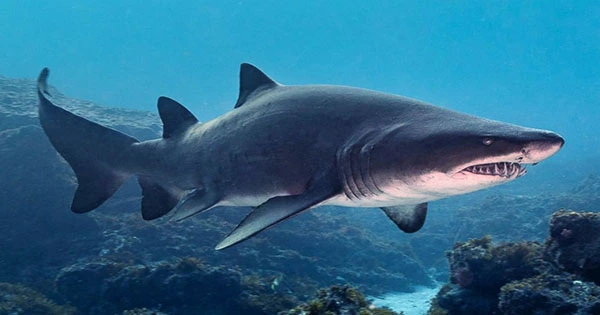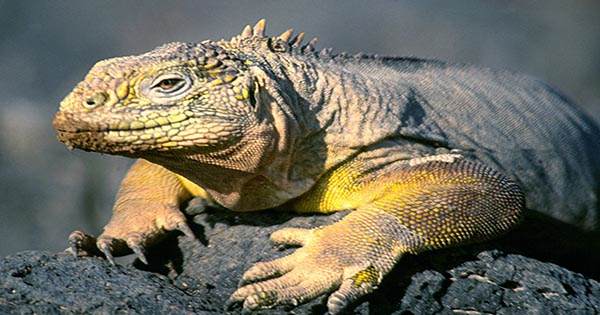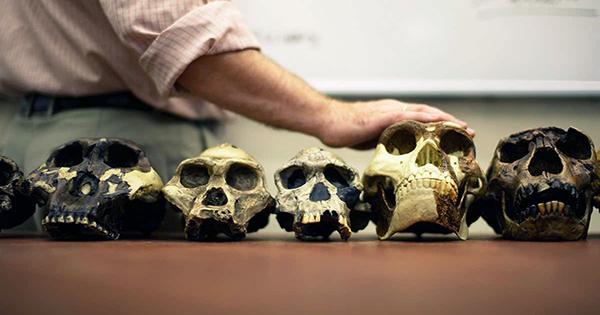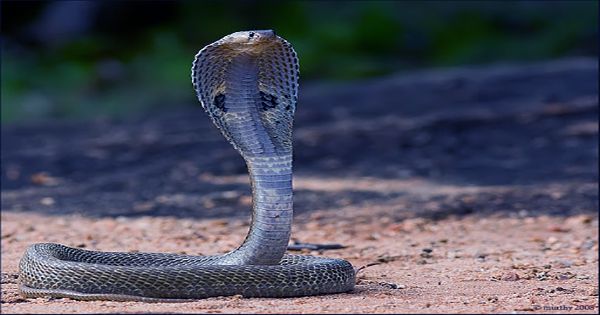Our earliest jawed predecessor, dating back 439 million years, was a shark with paired spines and bony armor. Its astonishingly old age shocked scientists, outliving the oldest known acanthodian by 15 million years.
The Paleozoic fossil was discovered in bone bed samples of the Guizhou Province’s Rongxi Formation at a location in Shiqian County. Researchers were faced with a bit of a conundrum when they made the find since the remains were found as thousands of separate skeletal parts that needed to be put back together.
The specimen as a result has been given the name Fanjingshania renovata in honor of the Fanjingshan UNESCO World Heritage Site. It was a peculiar fish with paired fin spines, bony armor, and other features that would have made it look very different from modern sharks.
In addition to being very old, Fanjingshania has provided researchers with insights on anatomy that go well beyond what is typically possible to infer from such old fossils.
According to Professor ZHU Min of the Institute of Vertebrate Paleontology and Paleoanthropology (IVPP) of the Chinese Academy of Sciences, “This is the oldest jawed fish with known anatomy.”
“The new data allowed us to position Fanjingshania in the phylogenetic tree of early vertebrates and gather much-needed information about the evolutionary processes leading to the origin of key vertebrate characteristics including jaws, sensory systems, and paired appendages,” says the study.
The specimen is especially uncommon since the characteristics of its bones are more typical of bony fish or other creatures, such as us. Fanjingshania comes from a group of animals known for their cartilage, not bone, which is what makes this so strange.
According to lead author Dr. Plamen Andreev, a researcher at Qujing Normal University, “This level of hard tissue change is unparalleled among chondrichthyans, a category that comprises contemporary cartilaginous fish and their extinct predecessors.” It “speaks for more developmental plasticity of the mineralized skeleton at the outset of jawed fish diversification” than is currently understood.
The working theory is that Fanjingshania could represent an early evolutionary branch of primordial chondrichthyans, which would explain its peculiar features. If confirmed, it would be significant for our comprehension of the evolution of jawed fish, putting the Ordovician, a period lasting 455 million years, as the moment of origin.
By drastically shortening the time it took for jawed fish to diverge from their nearest jawless relatives, the new discovery calls into question accepted theories of vertebrate evolution, according to Dr. Ivan J. Sansom of the University of Birmingham. The way we estimate the rates of evolution in the earliest vertebrates and the connection between morphological and molecular change in these groups will be significantly impacted by this.
















